In this content, we intend to provide information about best brands of nanoparticles and nanomaterials. The applications of nanomaterials are increasing today, and with the increasing use of this product, many manufacturers are entering the field of production. The trade in types of nanoparticles has become one of the best in the world, and sales have increased dramatically. Here are the properties of nanomaterials.

History of producing nanomaterials in the world
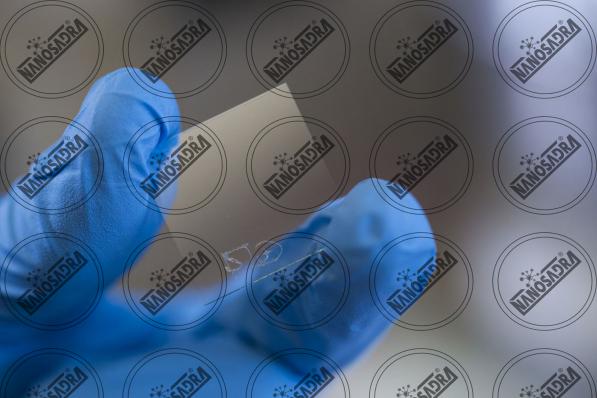 The starting point and early development of nanotechnology is not exactly known. In fact, the history of nanotechnology goes back to the prehistoric era when the early humans used natural nanomaterials.
The starting point and early development of nanotechnology is not exactly known. In fact, the history of nanotechnology goes back to the prehistoric era when the early humans used natural nanomaterials.
We learned that the first nanotechnology engineer was in fact nature itself. For example, carbon nanomaterials are scattered on the nanometer scale in the cavern walls, resulting in them remaining for thousands of years. In industrial and post-industrial times, and in the electric industry, the reduction of objects has not been a new category. Thousands of years ago, in the Far East, it was small, valued, and valued. As in the classical Japanese literary texts of the tenth century, small is mentioned as beauty. In monuments of various historical periods, such as the Middle Ages, traces of nanostructured materials have also been found.
Medieval glassware may be the first nanotechnology. Studies have shown that gold nanoparticles were used in very beautiful church glass at that time. Of course, these glassmakers didn’t know why it would change color by adding gold to the glass. Another famous example is the Likergus Cup in Rome, dating from the fourth century AD. The cup is green in daylight, but red and pink in the cup. This interesting optical property is due to the gold and silver nanoparticles used in it.
However, with the development of science and tools for studying the properties and properties of materials in the twentieth century, the nanoscale and its importance have been recognized. Many scholars have identified Richard Feynman, the physicist and Nobel Prize winner in 1965, as the father of nanotechnology . The title of his lecture was “There is a lot of space at the lower levels”. His lecture included why can’t all 24 British Encyclopedia volumes be written on one pin? In his lecture, he made the point that the principles of physics do nothing but make atom-to-atom objects possible.
Feynman also assumed carved lines on a surface that were only a few atoms wide. He suggested that individual atoms could be manipulated and produced small materials and structures that had different properties. Although Feynman did not directly refer to the word nano, he had clearly put forward the concept of the nano-world.
Differences between nanomaterials and nanoparticles
The difference between nanomaterials and nanoparticles is their structure. Higher chemical reactivity nanomaterials exhibit faster electrical and magnetic responses, better mechanical and biological capabilities and effects than materials with micrometer size (and above). But lower chemical reactivity nanoparticles, slower electrical and magnetic responses, have less potential than nanomaterials.
Although the size difference between nanoparticles and nanoparticles was very small in the contradictory and inventive document, the Board of Appeal stated in this case that two specific features of the invention, namely polymerization at temperatures below 40 ° C and selected for nanoparticles and nanomaterials, It makes the difference.
Production of nanoparticles and nanomaterials in Iran
 – The Special nanotechnology development staff was established to coordinate and synchronize all the institutions and agencies of the country in the development of nanotechnology.
– The Special nanotechnology development staff was established to coordinate and synchronize all the institutions and agencies of the country in the development of nanotechnology.
– The Iranian Nanotechnology Product Evaluation Unit was established in 2006 with the support of the Special Nanotechnology Development Staff and established in the Institute of Technology Development Services to the Iranian market with the aim of creating market transparency, enhancing consumer confidence and enhancing the quality of nanotechnology products.
– At the end of Question 94, a total of 194 companies were active in the production of nanotechnology products, equipment, and services, and from the data collected, the total sales figure amounted to 30-6 billion rials.

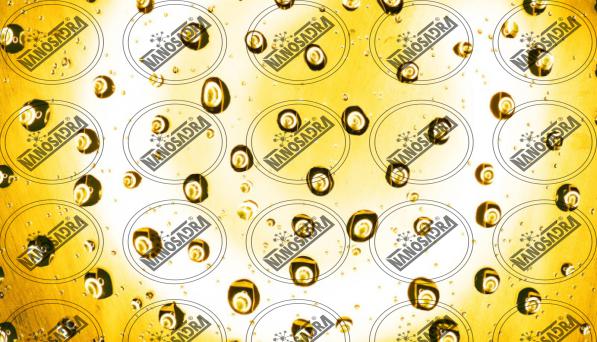


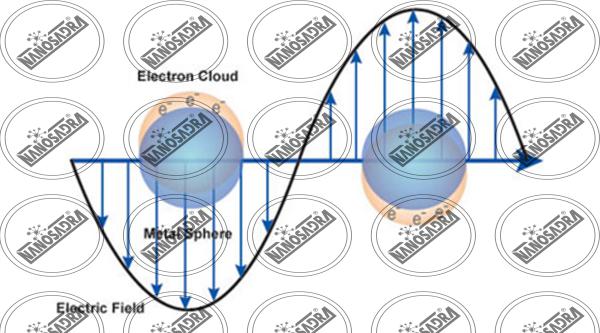
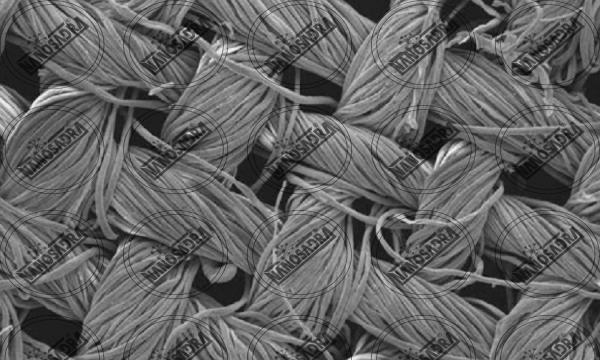
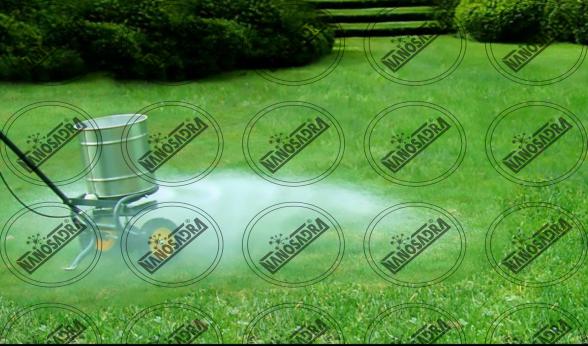
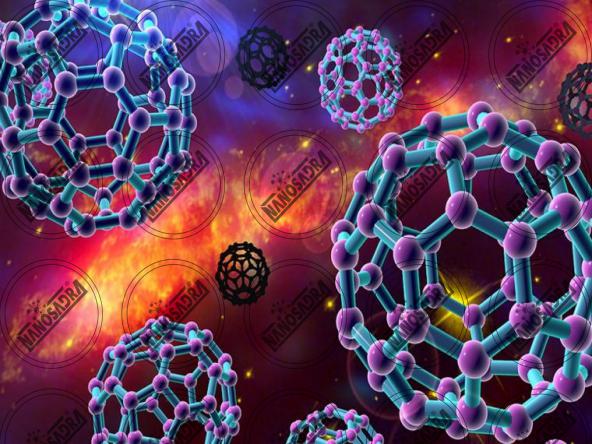
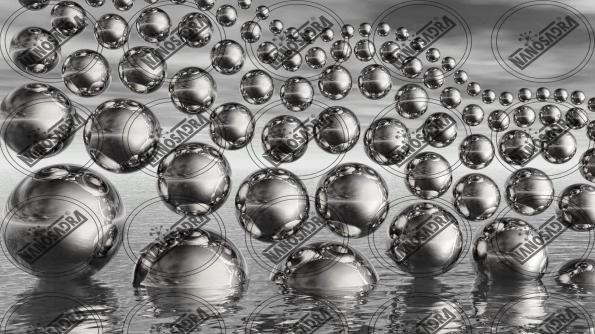

Your comment submitted.